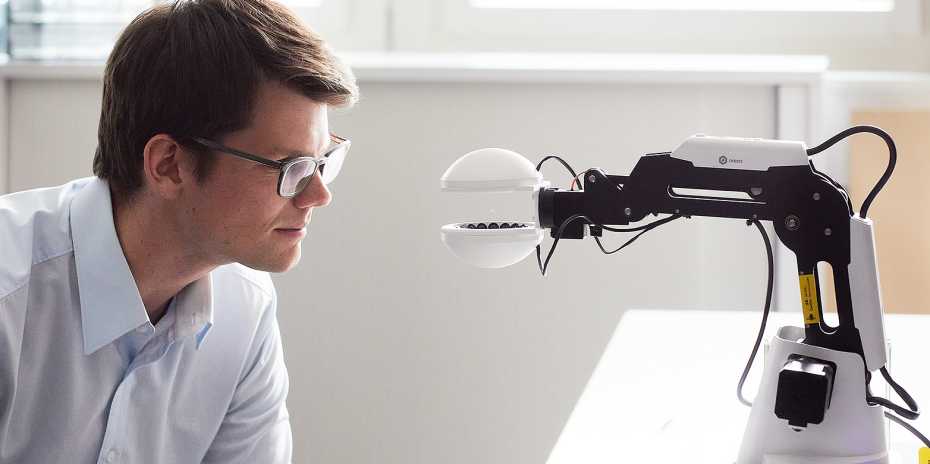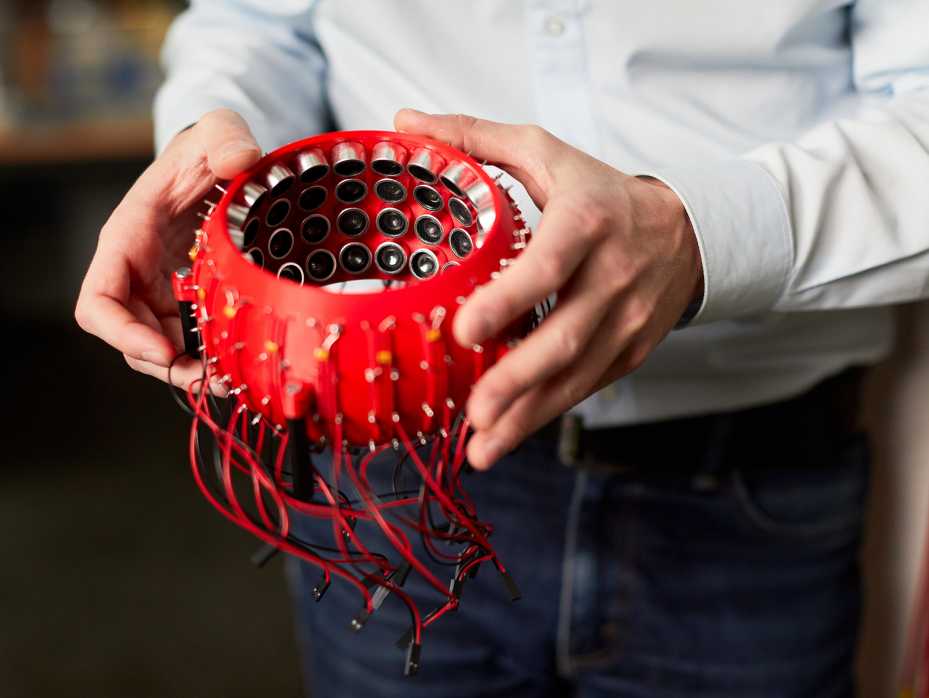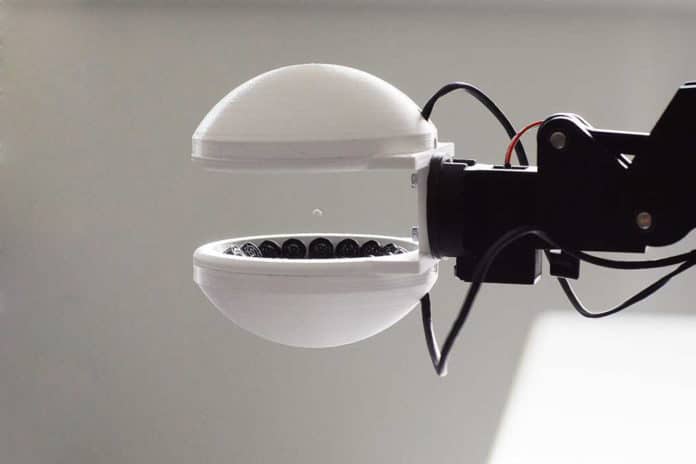Imagine a machine that can lift and hold objects in the air without touching them. It sounds incredible, but such a robot already exists. A robot newly developed at ETH Zurich by the researcher Marcel Schuck can grip and move sensitive small objects without touching them.
Sound waves and 3D printing are the basis of the construction of the first robotic hand capable of grasping objects without touching them. So far, it is only a prototype, but the idea is promising: a small ball hovers between two hemispheres, held in the air by ultrasonic waves.
According to the scientist, the ability to lift and manipulate small objects without touching them is relevant in situations where damage to small and fragile components can be very expensive, such as in the watchmaking and semiconductor industry.

Traditional rigid robotic arms can easily damage fragile objects. To solve this problem, enterprises often use soft rubber manipulators, but they have their drawbacks. Firstly, rubber manipulators get dirty quickly. Secondly, they provide very limited positioning accuracy.
Developed as part of the ‘No-Touch Robotics’ project, the new robotic hand is a sort of gripper made up of two 3D printed semi-spheres and is based on an effect that has been used for over 80 years, especially in space research. It uses the pressure exerted by acoustic waves, in particular by ultrasound waves that humans cannot see or hear, to keep small objects in the air.
Pressure points are created when the acoustic waves overlap, and within these points, objects can be trapped, which, consequently, seem to float freely in the air, in an acoustic trap.

Schuck inserted numerous small speakers into the two hemispheres, which are controlled by software that also allows you to control the speakers so that the pressure points can be moved. The goal is to change their position in real-time without the suspended object falling on the ground. In fact, the software adjusts the acoustic trap according to the shape of the object to be raised.
The principle also has an economic advantage: when working with a conventional robot, a different gripper is needed for almost every new shape. The acoustic robotic gripper eliminates the need for a large set of expensive high-precision grippers.
At the moment, Schuck continues to polish his technology. He intends to develop a prototype of an acoustic manipulator for sale by the spring of 2021.
